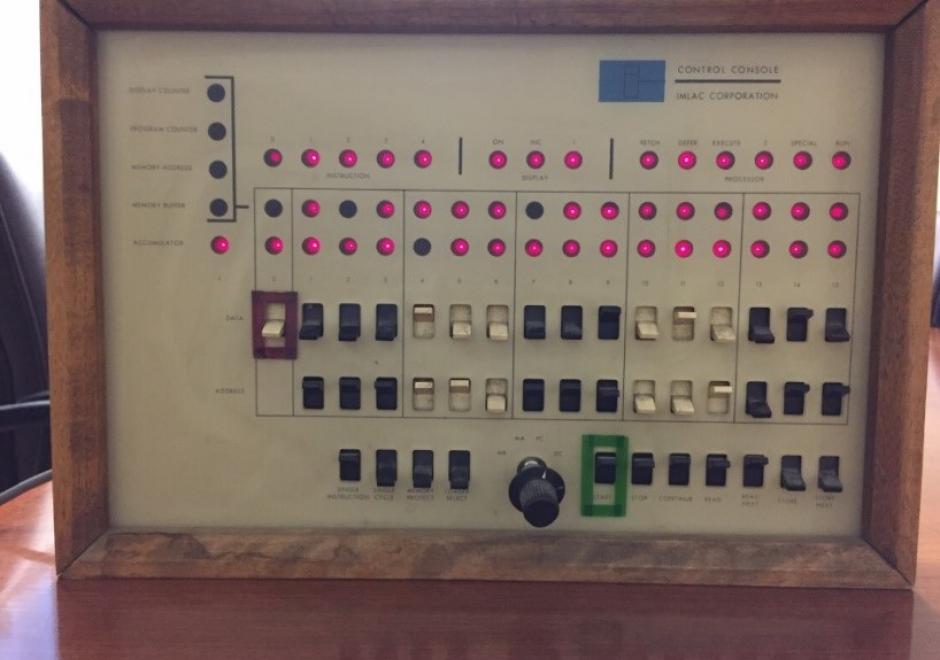CP-32 - On the Origins of Computing and GIST: Part 2, A Perspective on the Role of Peripheral Devices

GIS implementations in the late-1960s to mid-1980s required the use of exotic peripheral devices to encode and display geospatial information. Data encoding was normally performed in one of two modes: automated raster scanning and manual (vector) coordinate recording. Raster scanning systems in this era were extremely expensive, operated in batch mode, and were located at a limited number of centralized facilities, such as federal mapping agencies. Coordinate digitizers were more widely distributed and were often configured with dedicated minicomputers to handle editing and formatting tasks. Data display devices produced hardcopy and softcopy output. Two commonly encountered hardcopy devices were line printers and pen plotters. Softcopy display consisted of cathode ray tube devices that operated using frame buffer and storage tube technologies. Each device was driven by specialized software provided by device manufacturers, leading to widespread hardware-software incompatibly. This problem led to the emergence of device independence to promote increased levels of interoperability among disparate input and output devices.

CP-32 - On the Origins of Computing and GIST: Part 2, A Perspective on the Role of Peripheral Devices
GIS implementations in the late-1960s to mid-1980s required the use of exotic peripheral devices to encode and display geospatial information. Data encoding was normally performed in one of two modes: automated raster scanning and manual (vector) coordinate recording. Raster scanning systems in this era were extremely expensive, operated in batch mode, and were located at a limited number of centralized facilities, such as federal mapping agencies. Coordinate digitizers were more widely distributed and were often configured with dedicated minicomputers to handle editing and formatting tasks. Data display devices produced hardcopy and softcopy output. Two commonly encountered hardcopy devices were line printers and pen plotters. Softcopy display consisted of cathode ray tube devices that operated using frame buffer and storage tube technologies. Each device was driven by specialized software provided by device manufacturers, leading to widespread hardware-software incompatibly. This problem led to the emergence of device independence to promote increased levels of interoperability among disparate input and output devices.